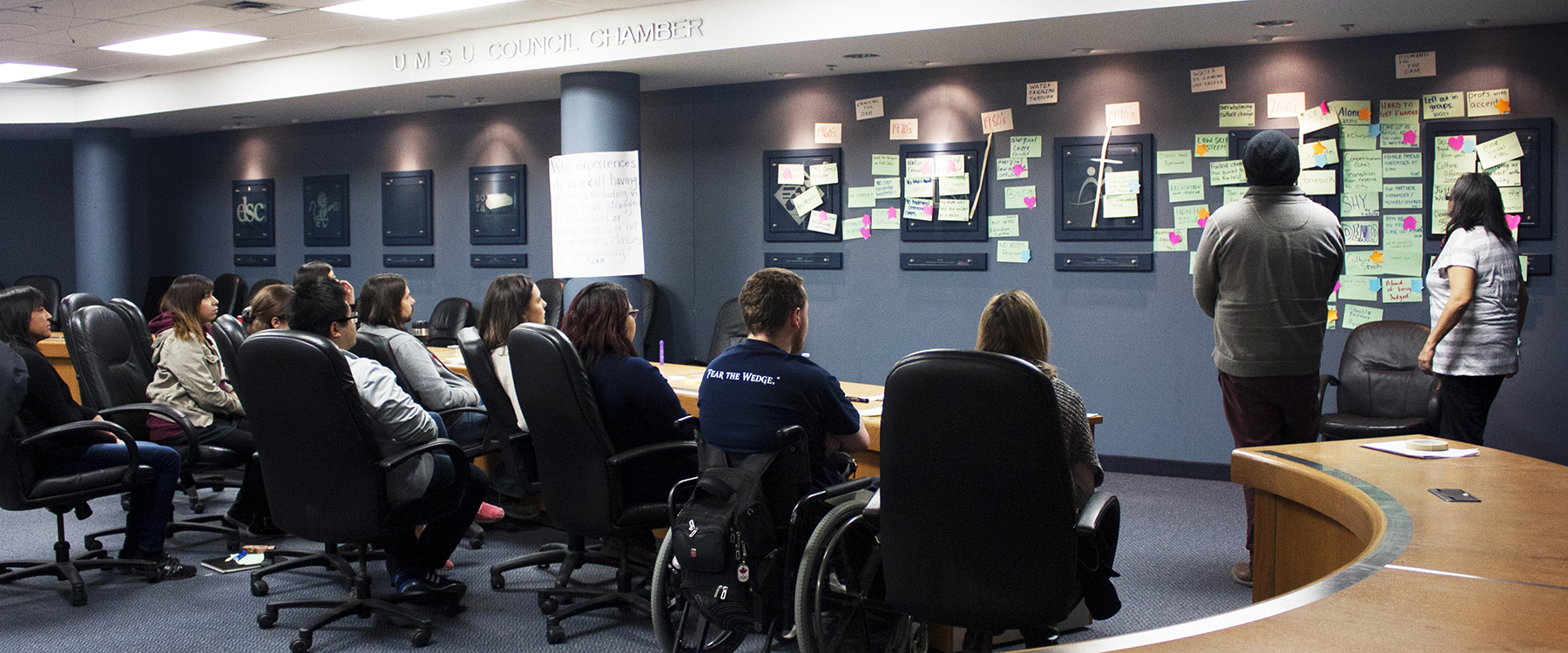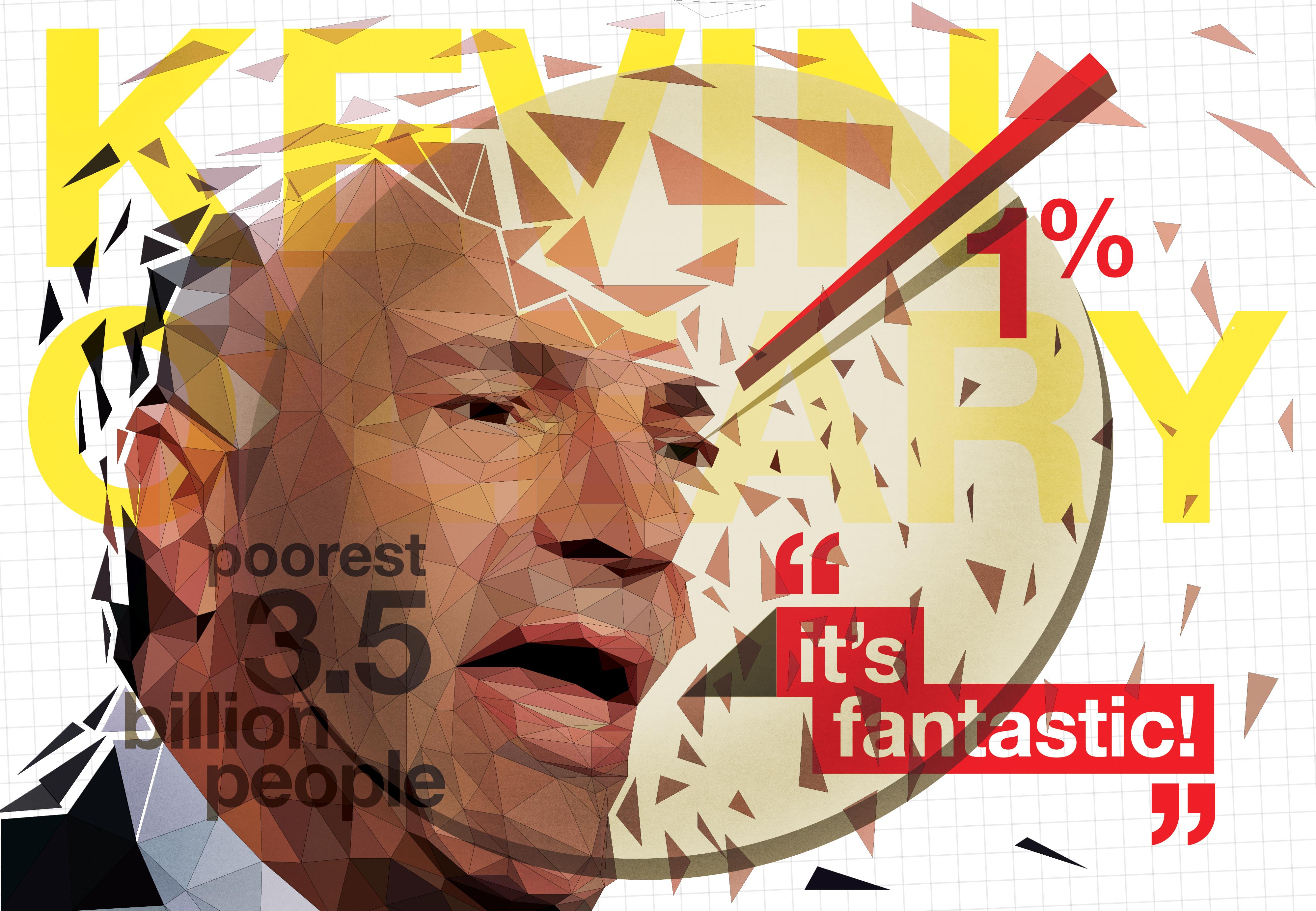The collaboration between science and sport has brought athleticism into an entirely new realm. Sports that were once considered straight forward and solely based on human skill are now being complicated, questioned and reformed as scientific advancements have enhanced peoples’ abilities to perform various athletic feats. As the winter Olympics in Vancouver approaches, a warm look back at the summer Olympics in Beijing holds an example of how scientific advancements have disrupted societal biases towards disability and caused controversy in the sporting world, the results of which are still taking shape today.
Oscar Pistorius is a 23-year old athlete from South Africa who was born without any bones below his knees. Since learning how to walk, Pistorius has relied on artificial legs. Feeling an unrelenting desire to compete as a sprinter, he began using performance designed carbon-fiber prosthetics shaped like the letter J. With these prosthetics, known as the Cheetah Flex-Foot, Pistorius began getting noticed for his impressive running times as he broke numerous records in the para-athletic world.
With this success, Pistorius set his sights on the 2008 summer Olympics, hoping to be the first leg amputee to compete in the prestigious games against non-disabled runners. But his aspirations were met with contention and controversy. Many people argued that Pistorius’ prosthetics scientifically enhanced his running ability, giving him an unfair advantage over athletes without prosthetics. After professional testing determined that the Cheetah Flex-Foot allowed Pistorius to expend less energy than a runner not using prosthetics, the International Association of Athletics Federations (IAAF) ruled that he could not compete in the Olympics.
Pistorius immediately challenged the decision and it was shortly overturned based on the Court of Arbitration for Sport’s (CAS) finding that there was not enough evidence to prove that Pistorius would indeed have an unfair advantage due to his prosthetics. This ruling cleared the way for him to attempt to qualify for the 2008 summer Olympics in Beijing. Unfortunately, Pistorius’ running times did not allow him to qualify for the games. Disappointed but not defeated, he set his sights on qualifying for the 2012 Olympics.
Unfortunately, after the CAS reversal of the IAAF ruling, the IAAF commissioned more formal testing of Pistorius’ running abilities. The results emerged recently in the Journal of Applied Physiology and the findings conclusively show that Pistorius’ prosthetic legs give him a clear advantage over other runners. What this now means for his running career and for the aspirations of para-athletes everywhere is yet to be seen.
What it means for society’s able-bodied status quo is a little clearer. As we live in a time where the privileging of non-disabled bodies is so embedded in our society that it largely goes unnoticed, those without physical disabilities are at a clear advantage. For instance, buildings are traditionally designed with stairs — which caters to those who are able-bodied, the culturally idealized body is not disabled — rarely are people with disabilities featured as models and the mainstream sporting industry is built around the performance of able-bodies.
Scientific advancements are now rather inadvertently helping to level the playing field for those with disabilities and those without, allowing people with disabilities to finally be treated as equals to their able-bodied peers. As Oscar Pistorius’ situation demonstrates, this will not be an easy transition and there will be a lot of resistance from people who are unwilling to recognize society’s unchecked bias regarding ability.




